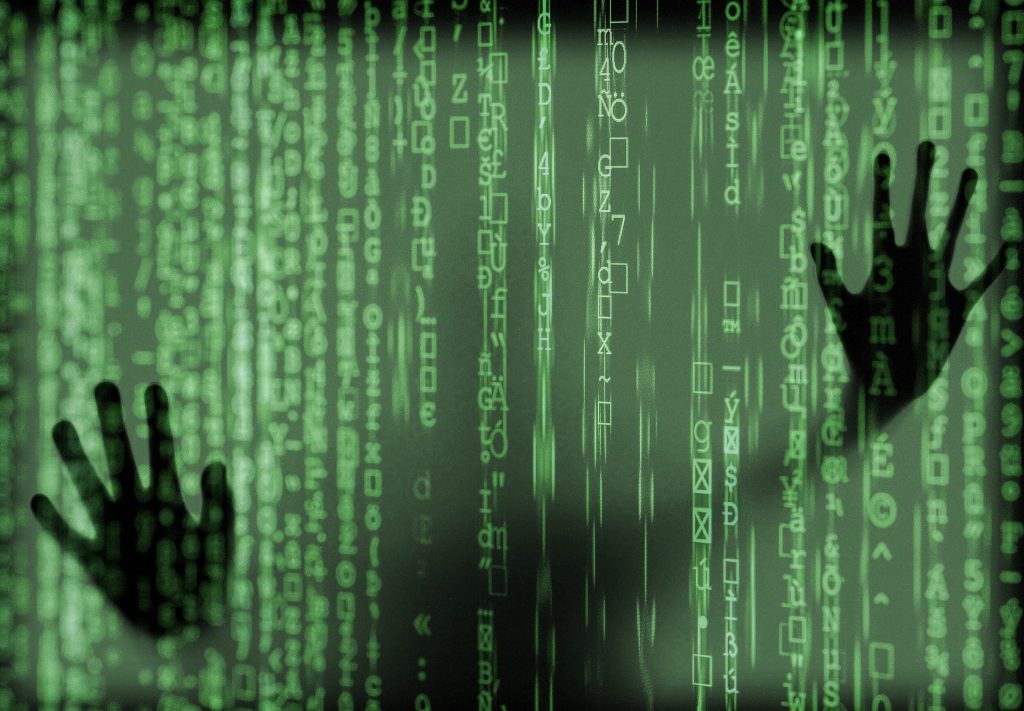
Your Biggest Cybersecurity Risk: Your Employees
Cybercriminals work round the clock to detect and exploit vulnerabilities in your business’ network for nefarious gains. The only way to counter these hackers is by deploying a robust cybersecurity posture that’s built using comprehensive security solutions. However, while you’re caught up doing this, there is a possibility you may overlook mitigating the weakest link in your fight against cybercriminals — your employees.
With remote work gaining traction and decentralized workspaces becoming the new norm, businesses like yours must strengthen their cybersecurity strategies to counter human errors and data breaches perpetrated by malicious insiders. All employees, irrespective of their designation/rank, can expose your business vulnerabilities to cybercriminals.
With remote work gaining traction and decentralized workspaces becoming the new norm, businesses like yours must strengthen their cybersecurity strategies to counter human errors and data breaches perpetrated by malicious insiders. All employees, irrespective of their designation/rank, can expose your business vulnerabilities to cybercriminals.
Why Employees Pose a Risk to Businesses?
According to IBM’s Cost of a Data Breach Report 2020, 23 percent of data breaches in an organization occurred because of human error. An untrained employee can compromise your business’ security in multiple ways. Some of the most common errors committed by employees include:
- Falling for phishing scams
With the onset of COVID-19, hackers masquerading as the World Health Organization (WHO) tricked people into clicking on malicious links and sharing sensitive information. Cybercriminals are using improved techniques, like spoofed emails and text messages, to propagate the ongoing scam. Your employees must be well-trained to counter it. - Bad password hygiene
With the onset of COVID-19, hackers masquerading as the World Health Organization (WHO) tricked people into clicking on malicious links and sharing sensitive information. Cybercriminals are using improved techniques, like spoofed emails and text messages, to propagate the ongoing scam. Your employees must be well-trained to counter it. - Misdelivery
With the onset of COVID-19, hackers masquerading as the World Health Organization (WHO) tricked people into clicking on malicious links and sharing sensitive information. Cybercriminals are using improved techniques, like spoofed emails and text messages, to propagate the ongoing scam. Your employees must be well-trained to counter it. - Inept patch management
Often, employees can delay the deployment of a security patch sent to their device, which can lead to security vulnerabilities in your business’ IT security left unaddressed.
The bottom line is that with cybercriminals upgrading their arsenal every day and exploring a plethora of options to trap your employees, security awareness training has become more important than ever before.
Security Awareness Training: An Essential Investment
A one-time training program will neither help your employees repel cyberthreats nor help your business develop a security culture. To deal with the growing threat landscape, your employees need thorough and regular security awareness training.
A one-time training program will neither help your employees repel cyberthreats nor help your business develop a security culture. To deal with the growing threat landscape, your employees need thorough and regular security awareness training:
- Eighty percent of organizations experience at least one compromised account threat per month. 1
- Sixty-seven percent of data breaches result from human error, credential theft or social attack. 2
- Since the start of the COVID-19 pandemic, phishing attacks have gone up by 67 percent. 3
Expecting your employees to train themselves on how to detect and respond to cyberthreats certainly isn’t the best way to deal with an ever-evolving threat landscape. You must take on the responsibility of providing regular training to your employees to ensure you adequately prepare them to identify and ward off potential cyberattacks.
Every employee must realize that even a minor mistake can snowball into a terrible security disaster for the company. They need to understand that your business’ cybersecurity is also their responsibility.
You can transform your business’ biggest cybersecurity risk – your employees – into its prime defense against threats by developing a security culture that emphasizes adequate and regular security awareness training.
Making all this happen will require continued effort and may seem like an uphill climb, but with the right partner by your side, you can easily integrate security awareness training into your business’ cybersecurity strategy. The first step towards training and empowering your employees starts with an email to us. Feel free to get in touch anytime.
Article curated and used by permission. Sources: 1. McAfee Cloud Adoption & Risk Report 2. Verizon 2020 Data Breach Investigations Report 3. Security Magazine Verizon Data Breach Digest
